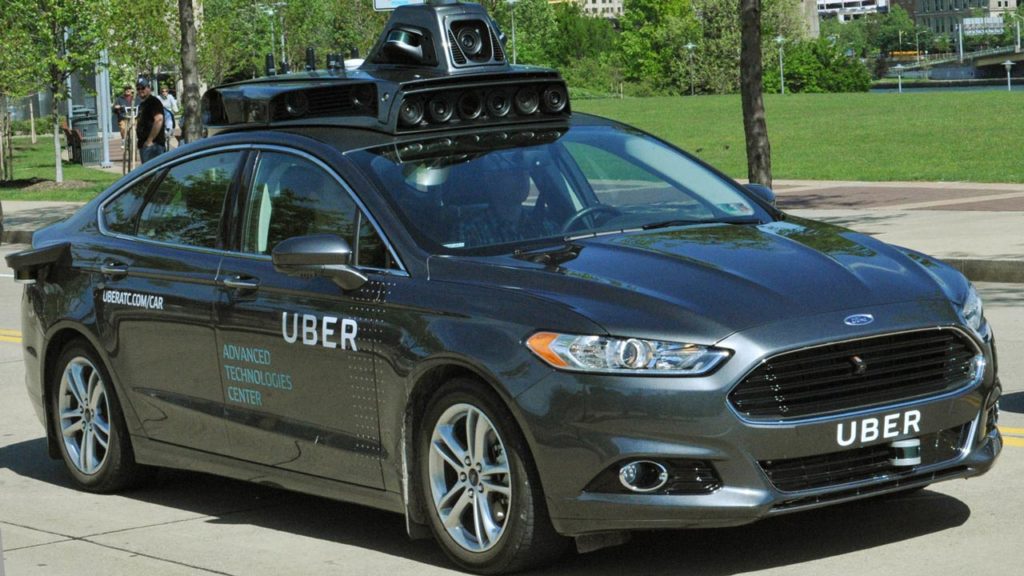
The first fatal accident involving an automated vehicle took place in Florida. From the point of view of technology, the Tesla vehicle couldn’t tell the difference between the side of a white truck and the very bright Florida sky.
The real cause of the problem, however, was that the human driver wasn’t paying attention, so he also didn’t notice the difference between the sky and a truck, though he certainly had the ability to do so.
And to take it a step further, the real real cause of the problem seems to have been the fact that the driver, in spite of all kinds of safety warnings, didn’t pay attention.
You’ve seen those drivers careering down the road with a burger in one hand and a drink balanced in their crotch, talking to people in the car or maybe even on their cell phones. You’ve wondered why they’re still alive. Automated vehicles might be safer than this kind of driver, but maybe this kind of driver is not safe in an automated vehicle.
Uber is working on automated vehicles, with a primary focus on safety. They started by adding some team members with specific experience, people who had worked on autonomous vehicles used in mining and, in one case, the Mars Rover.
Then they set up in Pittsburgh, where they could expect to face challenging weather and quirky old roads. They didn’t want to create a vehicle for best-case driving scenarios.
Laser scanners and tire-mounted sensors allow the vehicles to build real-time maps with a high degree of accuracy, and to be very aware of where they are within those maps. But the cars can get confused by trees, which may have leaves one time they head down the road and no leaves the next time. They don’t know what to do in a new situation, such as animal in the road.
And no one really knows what kinds of tech problem they might face. We get frustrated when our phones act up, but an automated vehicle that acts up will be very dangerous — just like an industrial machine that acts up.
Uber is highly motivated to get to the point of the truly driverless car. The company lost much more than a billion dollars in the first half of 2016, so it obviously can’t afford to pay human drivers. Industrial automation has brought down prices of goods, so vehicular automation can bring down the cost of rides — if it works out.
